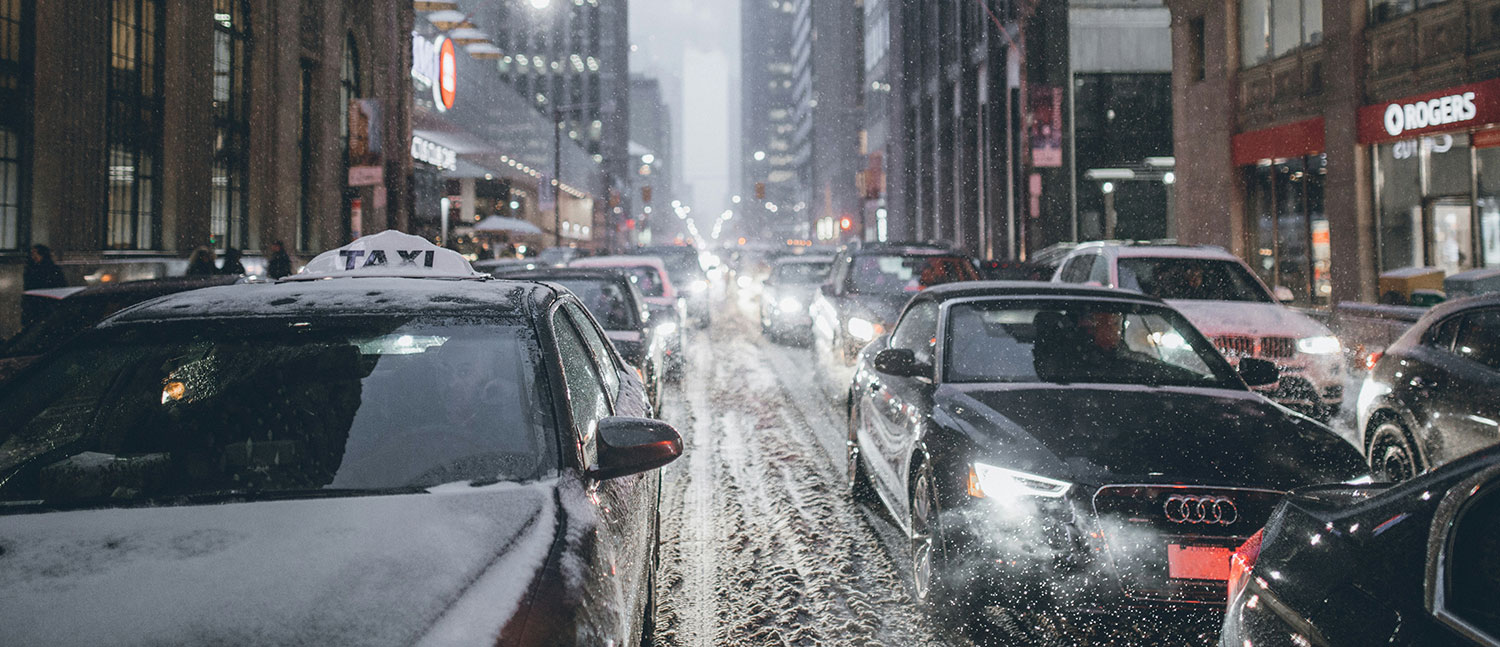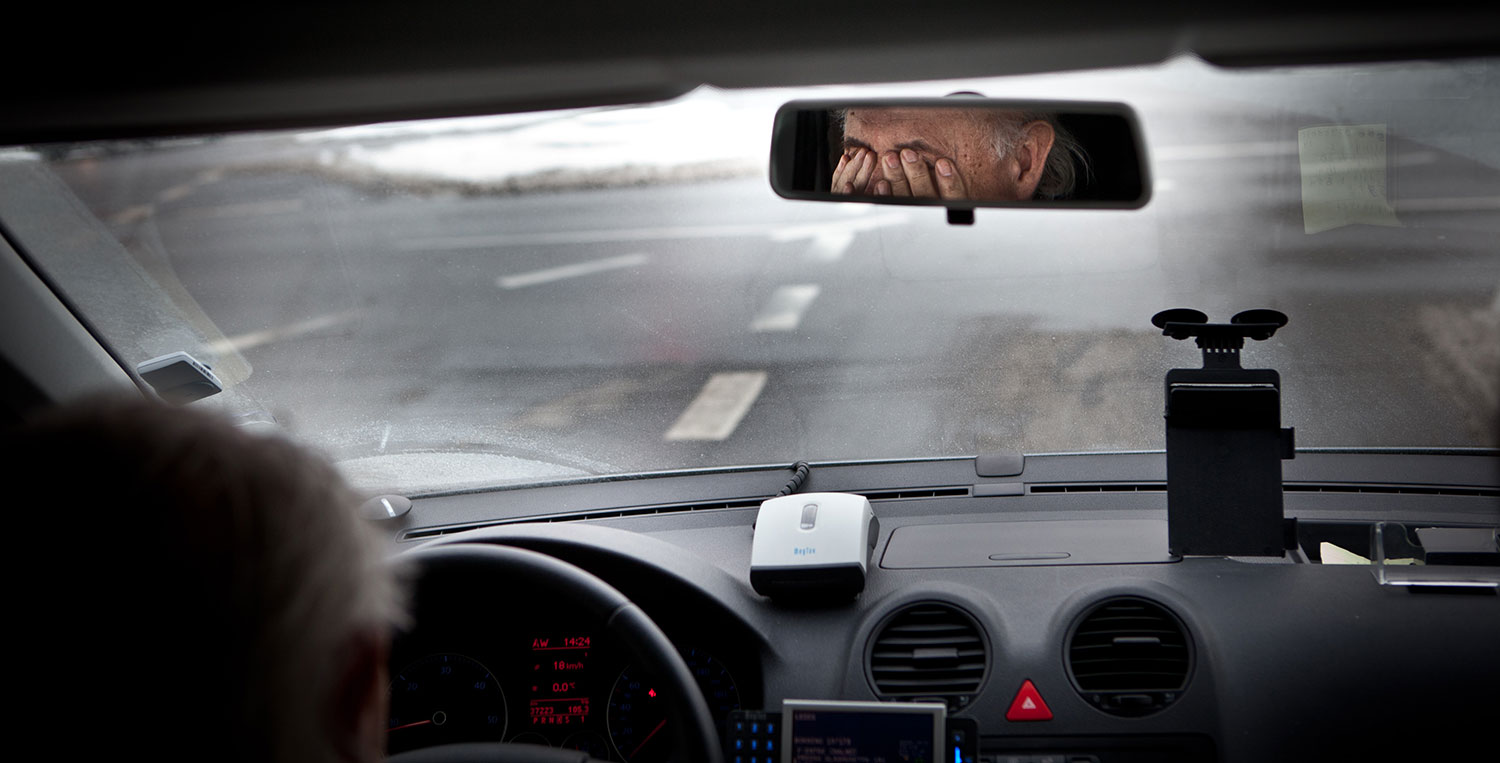February, 2024
All vehicles perform poorly in cold weather, but when it comes to stoppages due to cold weather accidents and conditions, ICE vehicles with a full tank and EVs with a full charge can often last 24 hours or more, keeping the cabin warm. There are a lot of variables that depend on how much energy is stored and how fast it is depleted while stopped. There are some vehicles, such as those with huge capacity gas tanks and EVs with large battery packs that can keep the cabin warm far longer. That said, remember you rarely have a full tank or charge when problems arise.

Toxins
The more deadly concern is ICE vehicle’s generation of toxic carbon monoxide. When the vehicle is stopped carbon monoxide creeps into the cabin and over a few hours, if strong enough, kills the occupants. This can come from your vehicle or those nearby. If your vehicle is stopped be aware of the signs of carbon monoxide poisoning:
- Headache
- Weakness
- Dizziness
- Chest Pain
- Vomiting
- Confusion
- Upset Stomach
This is a huge advantage for EVs, as they don’t produce any toxins. Still, if you are in an EV, be aware that other nearby ICE vehicles could be producing toxic carbon monoxide and could enter your vehicle!
Range Loss
If you’re traveling in cold weather, all vehicles suffer reduced range. For ICE vehicles traveling at 55 mph, at 20°F you can expect between 15 and 25% loss of range. You can expect a loss of 15-25% for the latest generation of EVs that include a heat pump, and a 25 to 40% loss for older EVs that use a resistive heater.
On an ICE car, you might get slightly more range by turning off all unnecessary loads such as seat heaters. On an EV, you increase the range by turning down the heat and using seat heaters if available, as these consume less power.
Slower speeds further reduce the range in ICE vehicles, whereas in EVs, lower speeds increase the range. At 35 mph, EVs can often gain 50% or more range!
Fails to Start
There can be issues with starting a very cold vehicle. For an ICE car, if cold enough with some oil types, the engine can’t crank as the oil is too thick combined with reduced cranking power due to the cold 12v battery.
For EVs, the large lithium-ion battery pack offers less power when cold. If the range is low when stopping the battery cools it has less energy. In freezing weather, in as little as 15 minutes with the car off, the range may go from 30 miles to zero! With higher states of charge, the battery has enough power to warm itself and get back that normal power.
In Norway, with plenty of sub-zero temperatures, ICE cars failed to start about twice as often as EVs.
Fueling
Water is heavier than fuel and may accumulate in the tank where the fuel is extracted and can reside in the lines. For cars attempting to fuel in freezing weather, the frozen water can block the flow of fuel.
For EVs, the battery must be above freezing to start charging, ideally in the 80°F range. Some EV makers like Tesla will pre-heat the battery when navigating to a charger so it speeds the charging in colder weather. If the EV has sat out in the cold, charging cannot start until the charging power warms the battery pack. In one test, a Model 3 was cold-soaked for two days to -9°F. It took 45 minutes of power, heating the battery before charging could start. In this test, the charging then ran from 35% SOC to 90% SOC in 44 more minutes.
